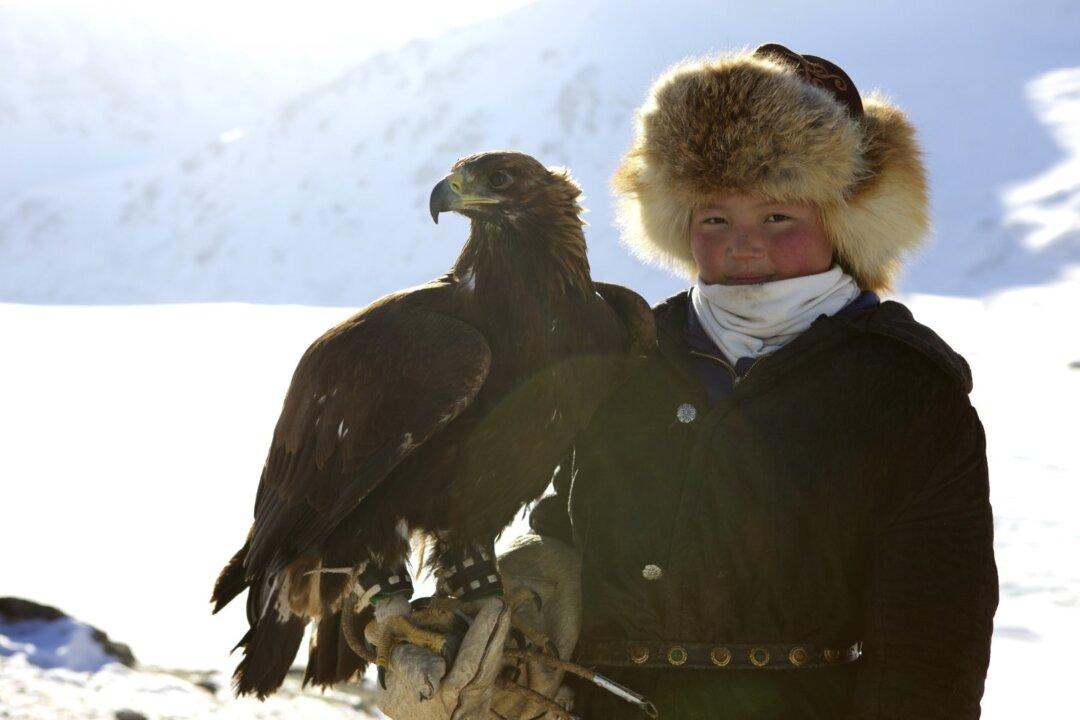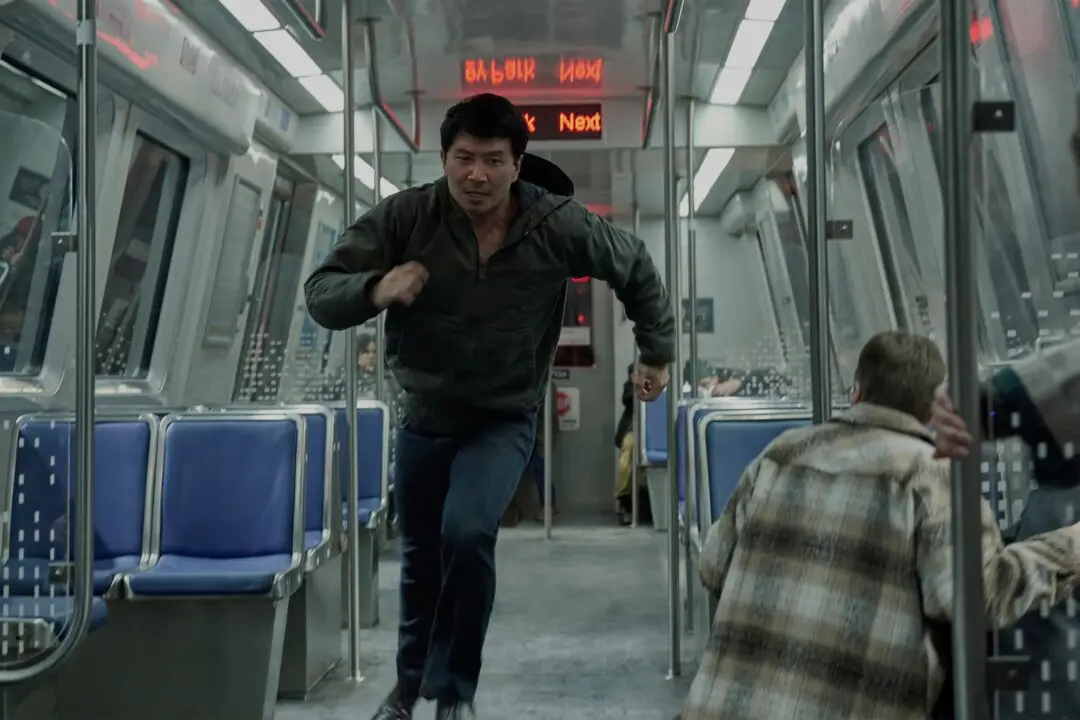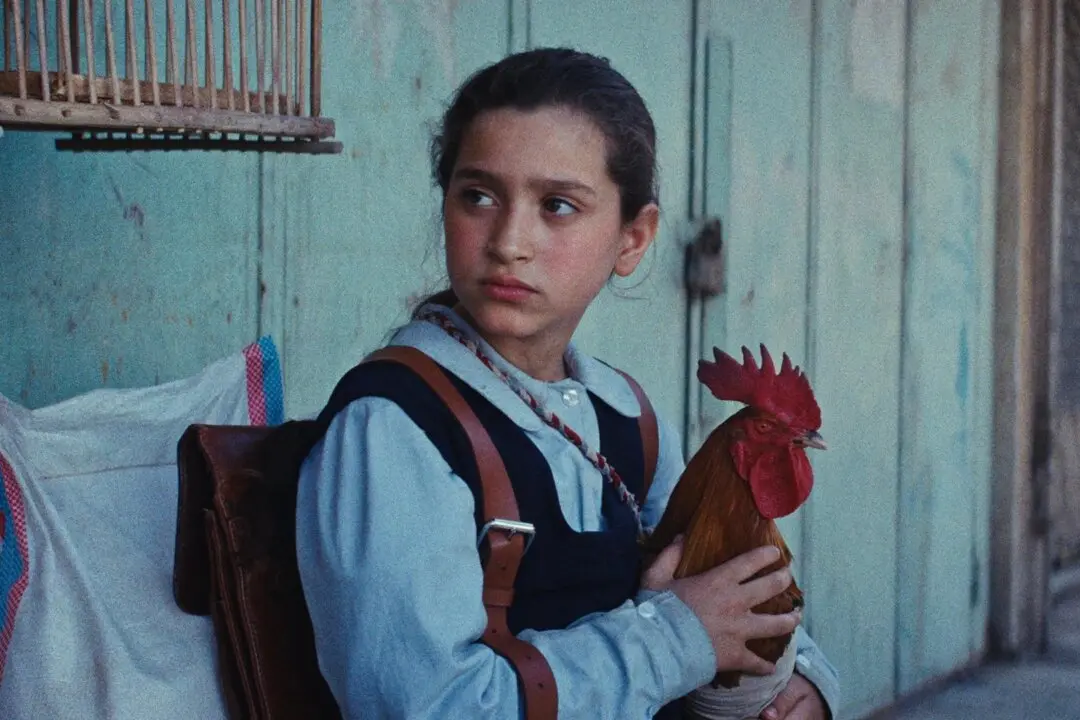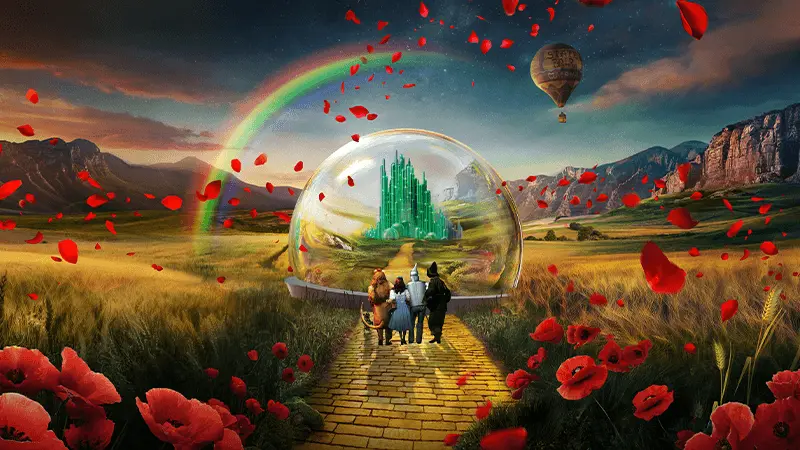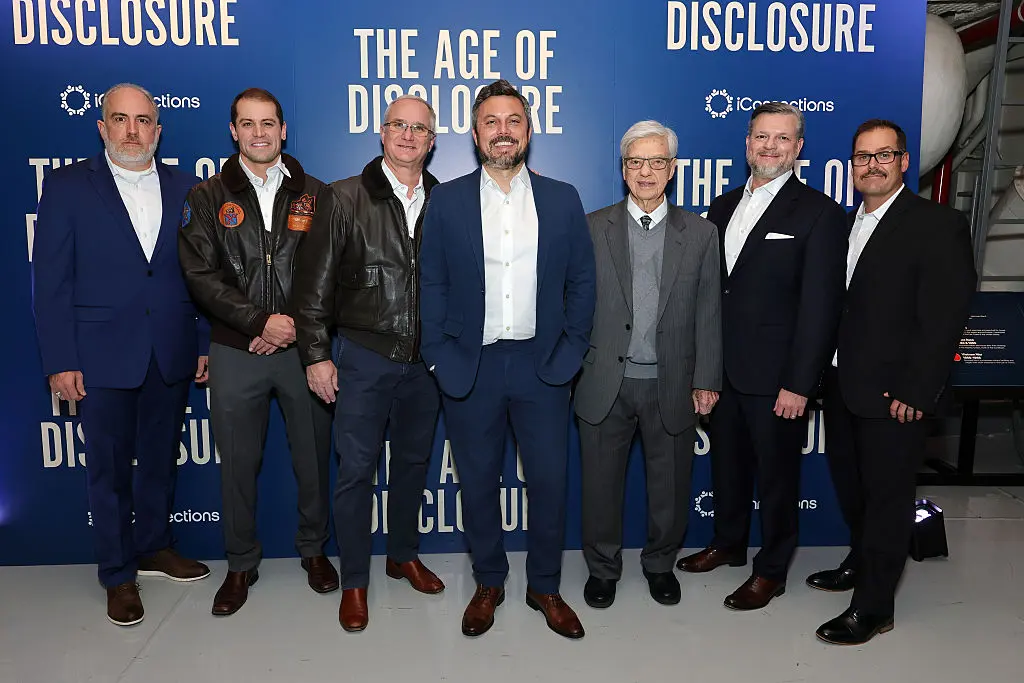Aisholpan Nurgaiv is a 13-year-old ethnic Kazakh nomad in northwest Mongolia, who became the sort of internet sensation every hipster aspires to be; a picture of her with her father’s golden eagle went viral. As her eagle-handling skills developed, she became the first girl to ever compete in the ancient Golden Eagle Festival. (By the way, she is also a straight-A student.}
Otto Bell managed to arrive in the Altai Mountains (the most remote, least populated region in the world) in time to document her hunting milestones in “The Eagle Huntress.”
Anyone who watches "The Eagle Huntress" is pretty much guaranteed to feel great by the time the closing credits roll.
